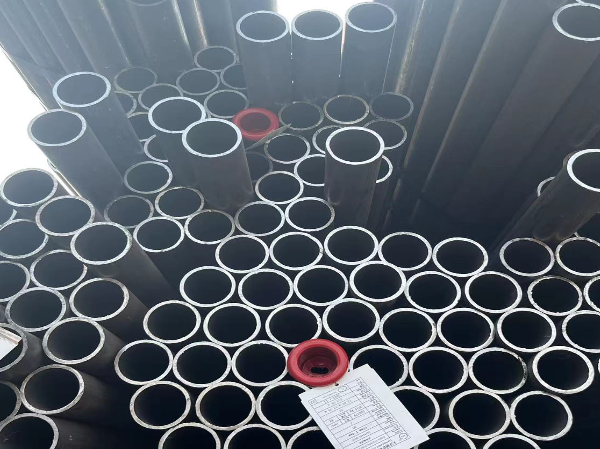Seamless pipe/tube (SMLS) is an important metal material widely used in petroleum, natural gas, chemical industry, electric power, aerospace and other fields. In order to ensure the quality and safety of seamless steel pipes, relevant international implementation standards and thickness tolerances have been formulated.
The implementation standards of seamless steel pipes mainly include international standards and national standards. In addition to implementation standards, the allowable thickness deviation of seamless steel pipes is also an important factor to consider. According to different standards and requirements, the allowable deviation of thickness also varies. This time we mainly focus on the thickness tolerance of
ASTM A53 seamless pipe.
The allowable deviations of the outer diameter and wall thickness of seamless steel pipes of different standards are not the same. In recent years, the proportion of seamless steel pipes used in our country has increased. Due to its wide range of uses, higher requirements have been placed on its quality. requirements, among which the outer diameter and wall thickness deviation of seamless steel pipes are one of the important indicators of its quality. Wall thickness deviation will directly affect the use of seamless steel pipes.

During the production process, since the actual size is difficult to meet the nominal size requirements, that is, it is often larger or smaller than the nominal size, the standard stipulates that a difference between the actual size and the nominal size is allowed. A positive difference is called a positive deviation, and a negative difference is called a negative deviation.
Taking international standards as an example, according to the allowable thickness deviation specified in the ASTM A53/A53M seamless steel pipe standard, for seamless steel pipes with a wall thickness less than and equal to 0.219 inches (5.56mm), the allowable upper deviation does not exceed 0.014 inches (0.36mm). The allowable lower deviation does not exceed 0.005 inches (0.13mm). When the pipe wall thickness is greater than 0.219 inches (5.56mm), the allowable thickness deviation is plus or minus 12.5% of the pipe wall thickness.
The wall thickness of seamless steel pipes cannot be the same everywhere. There is an objective phenomenon of uneven wall thickness in its cross section and longitudinal pipe body, that is, uneven wall thickness. In order to control this unevenness, let’s give an example respectively. For example, when the outer diameter of the seamless steel pipe of the national standard GB/T8162 is greater than 50 mm, the allowable deviation of the outer diameter is plus or minus 1%. The outer diameter of the seamless steel pipe is generally For example, for a seamless steel pipe with an outer diameter of 60 mm, the allowable deviation of the outer diameter is plus or minus 0.06 mm, which is considered qualified. The allowable deviation of wall thickness is plus or minus 12.5%. If the wall thickness is 4 mm, the allowable deviation range is 4*12.5%=0.5 mm.
For example, ASTM A53 standard seamless steel pipe, when the outer diameter is greater than 48.3 mm, the allowable deviation of the outer diameter is plus or minus 0.4 mm-0.79 mm, and the allowable deviation of the wall thickness is plus or minus 12.5%.


